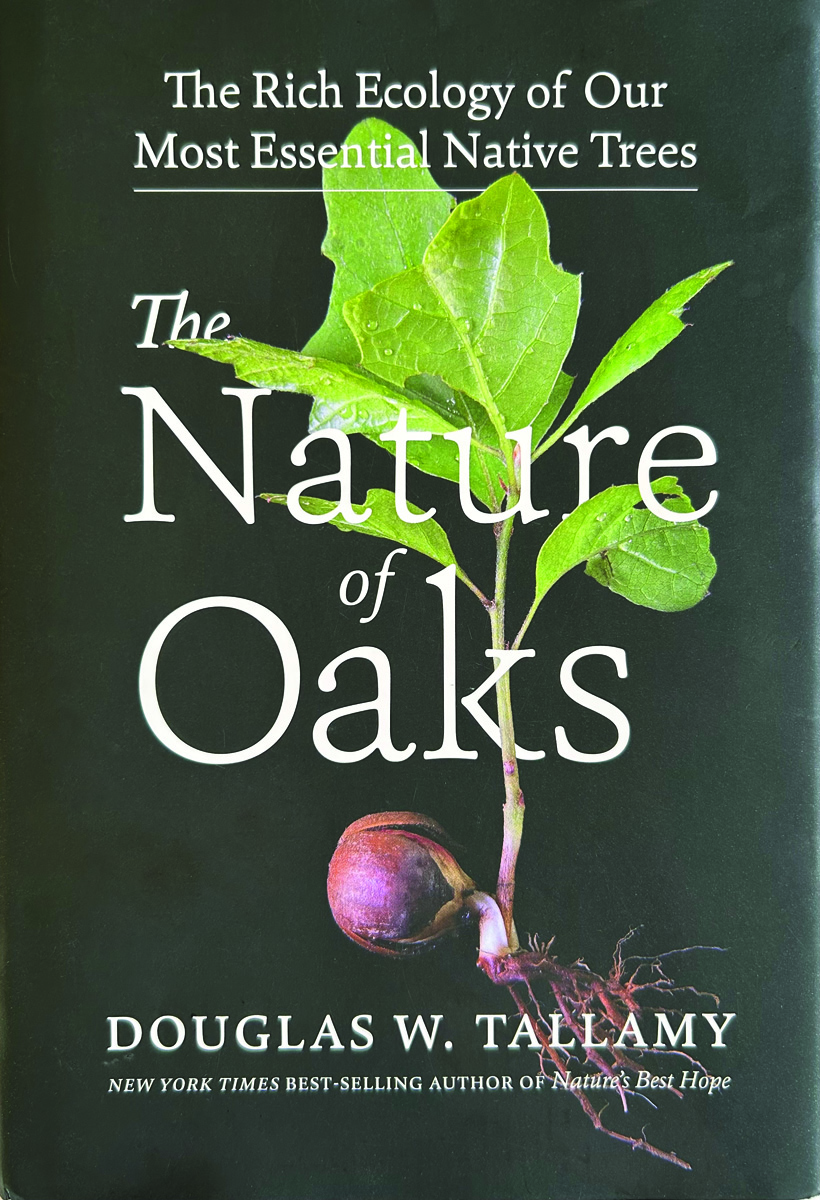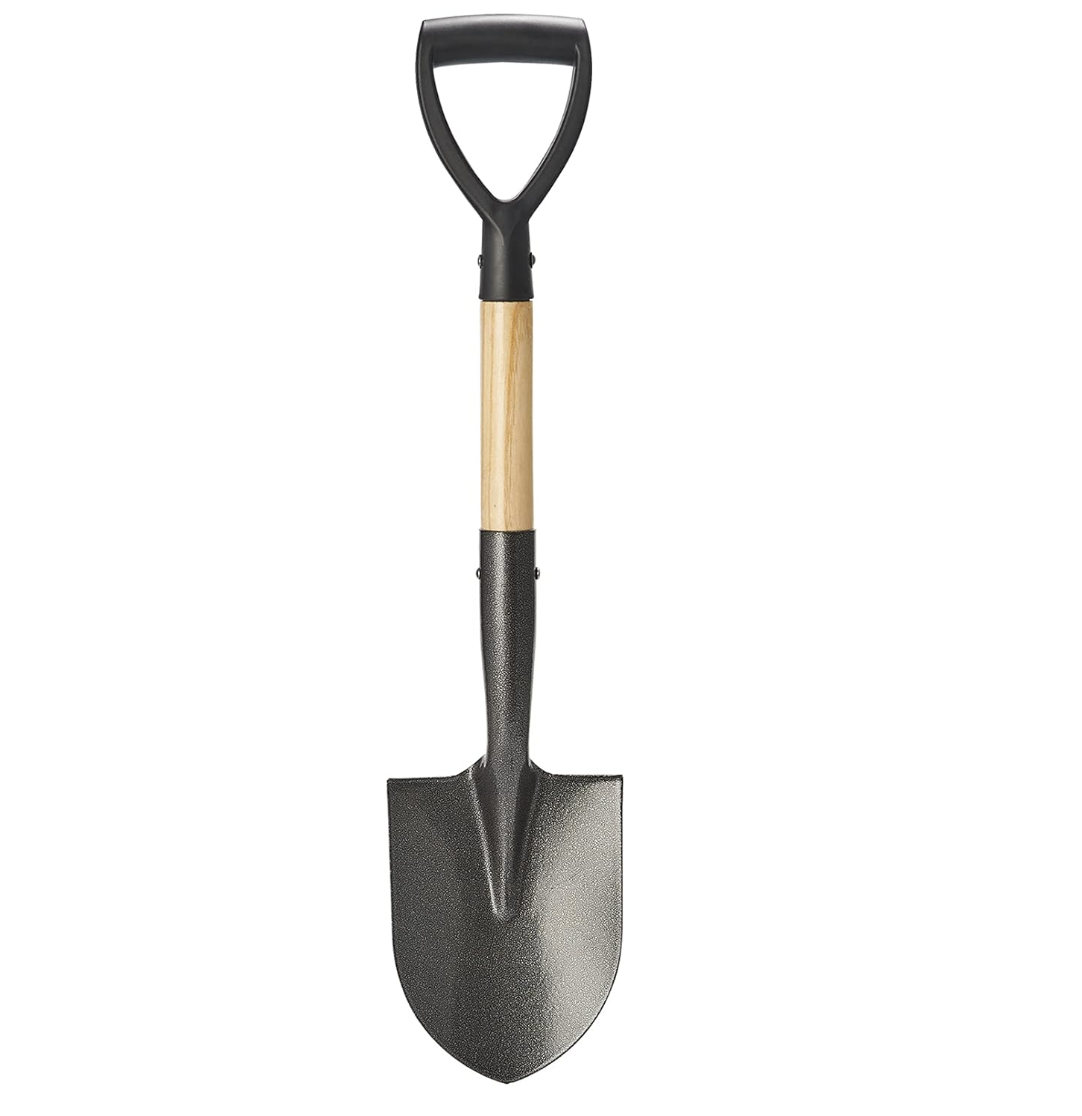Happy Friday GPODers!
Sadly, we’ve reached the end of Cherry Ong’s tour of Nancy Heckler’s garden in Indianola, Washington. While Nancy’s garden has seemingly endless treasures and areas to explore, we’ll leave a little to the imagination. Nancy occasionally opens her gardens to tours for the public, so we’d highly suggest keeping your eye open for garden tours around the Puget Sound area for a chance to see Nancy’s incredible space in person. Of course, if you’re unable to make you way out to Washington, you can always scroll through all of Cherry’s fabulous photos she’s shared with us over several weeks (Part 1, Part 2, and Part 3).
Today we explore another garden room where art comes alive! 🦎 This room is tucked into a far side of the garden where Fergus and Brocc led us to. The first thing that greets you on arrival is this unique inanimate lizard climbing up the tree. Nancy said it was made by a friend and it appears like it has lived in the forest for many years. She doesn’t move the piece around as parts of it come off every time it is moved.
Our experience is enhanced by the sweet smell of the forest throughout the visit, but most especially in this garden room.
There are several more rooms but this will be the final installment contributed to this series. Until the next garden tour.
Cherry Ong
 That incredible lizard sculpture Cherry mentions above. It’s hard to discern what materials were used to create this piece of art, but that is also part of what makes it so intriguing.
That incredible lizard sculpture Cherry mentions above. It’s hard to discern what materials were used to create this piece of art, but that is also part of what makes it so intriguing.
 If you’ve seen the other parts of this garden your series, you’ve seen plenty of examples of the colorful glass orbs that are sprinkled throughout Nancy’s garden. Aside from being some really pretty garden art, they are also a way to connect all of Nancy’s incredible designs together as well as to add a bit more shine to her shady garden beds.
If you’ve seen the other parts of this garden your series, you’ve seen plenty of examples of the colorful glass orbs that are sprinkled throughout Nancy’s garden. Aside from being some really pretty garden art, they are also a way to connect all of Nancy’s incredible designs together as well as to add a bit more shine to her shady garden beds.
 Structures in a garden are just as important as the plants that surround, and Nancy has made a point to make each one of these “garden rooms” cohesive yet wonderfully unique. A shed this small can be bland, but the addition of an ornate little window and exaggerated roof eaves gives it so much character.
Structures in a garden are just as important as the plants that surround, and Nancy has made a point to make each one of these “garden rooms” cohesive yet wonderfully unique. A shed this small can be bland, but the addition of an ornate little window and exaggerated roof eaves gives it so much character.
 All of Nancy’s garden art is remarkable in that it catches the eye while simultaneously blending in so seamlessly with her garden and landscape. A partially downed tree would stick out like a sore thumb in many other locals, but amongst the many towering trees in and around Nancy’s space, it is actually the perfect pedestal to create something new.
All of Nancy’s garden art is remarkable in that it catches the eye while simultaneously blending in so seamlessly with her garden and landscape. A partially downed tree would stick out like a sore thumb in many other locals, but amongst the many towering trees in and around Nancy’s space, it is actually the perfect pedestal to create something new.
 Even on a small porch, Nancy is able to find the space for a bit of art and plantings as interesting as the pots they are planted in. I particularly the trough container that looks like an old, hollowed-out log. A simple row of black mondo grass (Ophiopogon planiscapus ‘Nigrescens’, Zones 6–11) adds more interest without overwhelming the small space.
Even on a small porch, Nancy is able to find the space for a bit of art and plantings as interesting as the pots they are planted in. I particularly the trough container that looks like an old, hollowed-out log. A simple row of black mondo grass (Ophiopogon planiscapus ‘Nigrescens’, Zones 6–11) adds more interest without overwhelming the small space.
 In a garden with so much green, a little rust is the perfect addition. Again, while in other landscapes an old tree stump would need to be pulled or obscured, a stump in Nancy’s garden is the perfect pedestal to give height to a garden element that needs a little lift.
In a garden with so much green, a little rust is the perfect addition. Again, while in other landscapes an old tree stump would need to be pulled or obscured, a stump in Nancy’s garden is the perfect pedestal to give height to a garden element that needs a little lift.
 Nancy is also able to keep all of these old tree stumps looking like a cohesive part of her garden by incorporating lots of natural wood elements into her designs. A bright colored, pristine raised bed would look out of place in Nancy’s woodland wonderland, while this one’s rustic finish makes it feel as natural as the rest of her beds.
Nancy is also able to keep all of these old tree stumps looking like a cohesive part of her garden by incorporating lots of natural wood elements into her designs. A bright colored, pristine raised bed would look out of place in Nancy’s woodland wonderland, while this one’s rustic finish makes it feel as natural as the rest of her beds.
 Of course, a woodland garden in the Pacific Northwest is not complete without a fair share of ferns. I’m by no means a fern expert, so I’m not sure what species this one is. Any fern aficionados have an idea what this beauty is?
Of course, a woodland garden in the Pacific Northwest is not complete without a fair share of ferns. I’m by no means a fern expert, so I’m not sure what species this one is. Any fern aficionados have an idea what this beauty is?
 Lastly, I’m not surprised at all to see a little stumpery amongst all of Nancy’s rustic and woody plantings. With all of those old tree stumps I knew one was going to get transformed into a natural container.
Lastly, I’m not surprised at all to see a little stumpery amongst all of Nancy’s rustic and woody plantings. With all of those old tree stumps I knew one was going to get transformed into a natural container.
One final HUGE thank you to Cherry for sharing this very special tour of Nancy’s garden with us. Cherry has been continuously generous in sharing her garden as well as the many private and public gardens she visits, and this visit with Nancy Heckler was no exception. I can’t wait to see the adventures that Cherry continues to have in 2025!
Have a garden you’d like to share?
Have photos to share? We’d love to see your garden, a particular collection of plants you love, or a wonderful garden you had the chance to visit!
To submit, send 5-10 photos to [email protected] along with some information about the plants in the pictures and where you took the photos. We’d love to hear where you are located, how long you’ve been gardening, successes you are proud of, failures you learned from, hopes for the future, favorite plants, or funny stories from your garden.
Have a mobile phone? Tag your photos on Facebook, Instagram or Twitter with #FineGardening!
Do you receive the GPOD by email yet? Sign up here.
Fine Gardening Recommended Products

The Nature of Oaks: The Rich Ecology of Our Most Essential Native Trees
Fine Gardening receives a commission for items purchased through links on this site, including Amazon Associates and other affiliate advertising programs.
The Nature of Oaks reveals what is going on in oak trees month by month, highlighting the seasonal cycles of life, death, and renewal. From woodpeckers who collect and store hundreds of acorns for sustenance to the beauty of jewel caterpillars, Doug Tallamy illuminates and celebrates the wonders that occur right in our own backyards. He also shares practical advice about how to plant and care for an oak, along with information about the best oak species for your area.

Planting in a Post-Wild World: Designing Plant Communities for Resilient Landscapes
Fine Gardening receives a commission for items purchased through links on this site, including Amazon Associates and other affiliate advertising programs.
Featuring gorgeous photography and advice for landscapers, Planting in a Post-Wild World by Thomas Rainer and Claudia West is dedicated to the idea of a new nature—a hybrid of both the wild and the cultivated—that can nourish in our cities and suburbs.

Corona® Multi-Purpose Metal Mini Garden Shovel
Fine Gardening receives a commission for items purchased through links on this site, including Amazon Associates and other affiliate advertising programs.
Longer Service Life: The blade of this round small shovel is made of carbon steel, which can effectively improve the hardness by high temperature quenching, and the surface has anti-rust coating to avoid rusting. In the process of use when encountering hard objects will not bend and deformation.
Sturdy Structure: The small garden shovel with D-handle, ergonomically designed grip can increase the grip of the hand when using, the handle is made of strong fiberglass, will not bend and break under heavy pressure. Quick Digging: Well-made digging shovel has a sharp blade, and the round shovel head is designed to easily penetrate the soil and cut quickly while digging to enhance your work efficiency.
